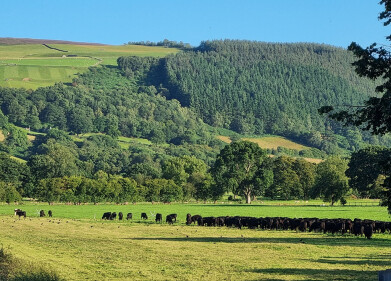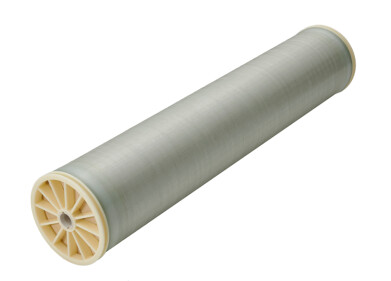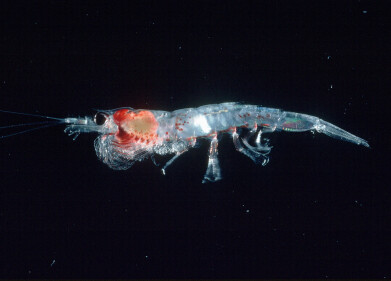Water/Wastewater
Is Pollution Killing the World-Heritage Blue Mountains?
Mar 20 2017
Pollution isn’t just a minor hindrance. It can take lives, damage buildings, and destroy natural structures. That’s the case in Australia, where the stunning Blue Mountains are being eaten away by pollution. How? Read on to see what pollution is doing to the mountainous region of New South Wales.
Introducing the Blue Mountains
Covering nearly 4,000 square miles to the west of Sydney, the Greater Blue Mountains Area is one of Australia’s most significant natural regions. The area is home to over 400 species of animals, including rare mammals like the spotted-tailed quoll and long-nosed potoroo. Since 2000 it has been on the UNESCO World Heritage List for its outstanding universal value to nature. But unfortunately, this hasn’t made it exempt from pollution.
Poor environmental regulation
Research by Dr Ian Wright at the University of Western Sydney has uncovered serious levels of pollution within the mountains. His recent work looks at the Wollangambe River, which runs through the Wollemi National Park. Situated in the Blue Mountains’ northern regions, the river has been victim to poor environmental regulation.
For over 30 years a nearby coal mine, run by Centennial Coal, has been allowed to release their waste into the river. The waste isn’t just isolated though. Dr Wright’s study looks at the quality near the discharge point, but also assesses the river more broadly. He found that the waste is causing impact as far as 22km downstream.
Impacting on wildlife
As well as increased levels of zinc and nickel, the mine’s wastewater has caused increased salinity in the water and even thermal pollution. It’s a massive mark on an otherwise pristine conservation region. But what effect has this had on the abundant wildlife?
In short – not great. Dr Wright has described parts of the river as an “ecological desert”. “The numbers of insects of any type whatsoever drops by about 90 per cent downstream,” he explained. “We do get some recovery but still way below the natural background, that's upstream and in the tributaries. We had hours where we would only find one or two animals, and they are the species that are really tolerant.”
A better solution for wastewater
The main reason Centennial Coal have continually released waste into the river is simply because they are allowed. But is there a better way to dispose of wastewater? ‘Converting Wastewater into Energy’ explores how the latest innovations in environmental technology are enabling companies to become more efficient in their operations.
Events
Carrefour des Gestions Locales de L'eau
Jan 22 2025 Rennes, France
Jan 29 2025 Tokyo, Japan
Feb 05 2025 Nantes, France
Feb 16 2025 Kampala, Uganda
Feb 26 2025 Chennai, India




-as-feedstock.jpg)





